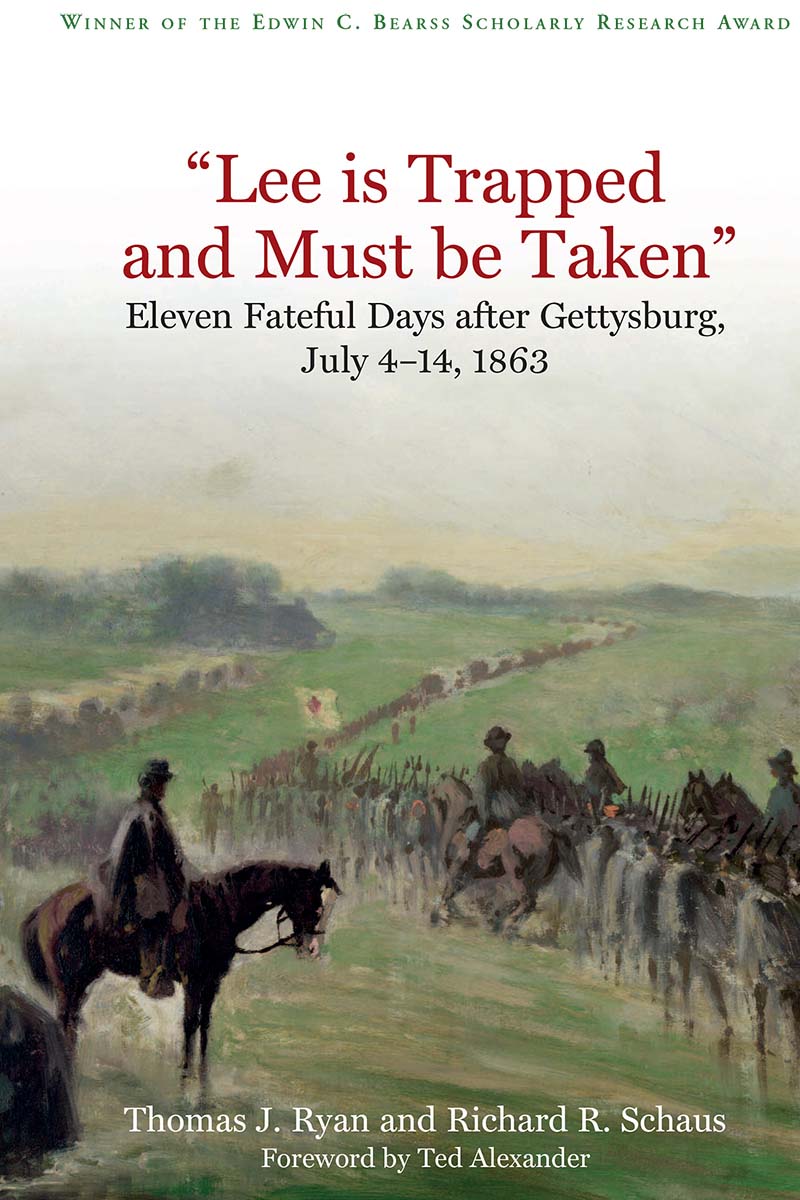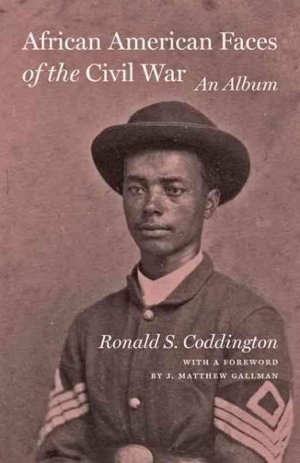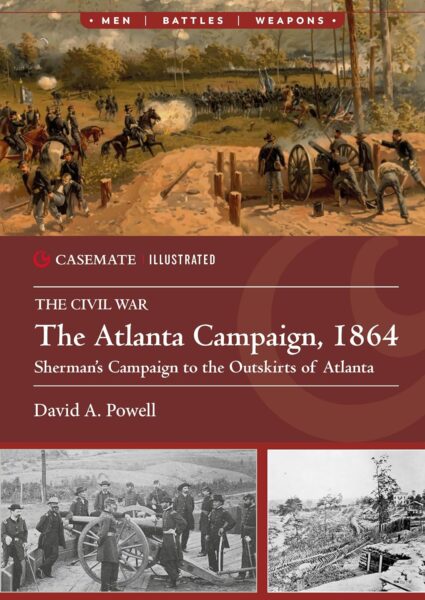Historians have parsed virtually every aspect of July 1-3, 1863. Yet far fewer scholars have explored the Gettysburg Campaign as a whole with the same level of detail and analysis. Among their ranks is Kent Masterson Brown, who made a significant contribution to the field with his 2005 tome, Retreat from Gettysburg: Lee, Logistics, and the Pennsylvania Campaign. Brown’s tight focus on logistics paved the way for Eric J. Wittenberg, J. David Petruzzi, and Michael F. Nugent’s One Continuous Fight: The Retreat from Gettysburg and the Pursuit of Lee’s Army of Northern Virginia, July 4-14, 1863, a military history that appeared three years later. Despite these salient additions to the historiography, however, plenty of work remains.
Historian Thomas J. Ryan and coauthor Richard Schaus aptly answer the call with “Lee is Trapped, and Must Be Taken”: Eleven Fateful Days After Gettysburg, July 4-14, 1863. This work is not Ryan’s first foray into the Gettysburg campaign. In 2015, he released Spies, Scouts, and Secrets in the Gettysburg Campaign: How the Critical Role of Intelligence Impacted the Outcome of Lee’s Invasion of the North, June-July 1863. Since 2015, it has won numerous awards. Ryan’s research and narrative broke new ground on the role of military intelligence during those two pivotal months. His latest effort can be viewed as a sequel, concluding the campaign with the same focus on the role of military intelligence after July 3, 1863.
With significant career experience in the military and intelligence fields, the authors offer gripping analysis and insight in the day-to-day intelligence operations of both armies during the last eleven days of the campaign. To construct their narrative, they have deeply mined unpublished sources related to the Bureau of Military Information and the Provost Marshal General. An exhaustive bibliography reveals the depth of their research.
Visually detailing some of the complex intelligence operations and movements of the two armies during this period are fourteen original maps by Civil War cartographer Hal Jespersen. Eleven of the maps offer a day-by-day look at the positions of both armies.
Beyond their focus on intelligence operations, the authors also provide an important look at the experience of Union prisoners of war. Additionally, Ryan and Schaus consider the consequences of the battle and campaign, both at home and abroad.
Exhaustive research, keen analysis, and lively narrative marks this book as a definitive contribution to the field. “Lee is Trapped, and Must Be Taken”: Eleven Fateful Days After Gettysburg, July 4-14, 1863 deserves to be read, understood, and on the shelf of Gettysburg and Civil War historians.
Dan Welch was formerly the Education Programs Coordinator for The Gettysburg Foundation.





